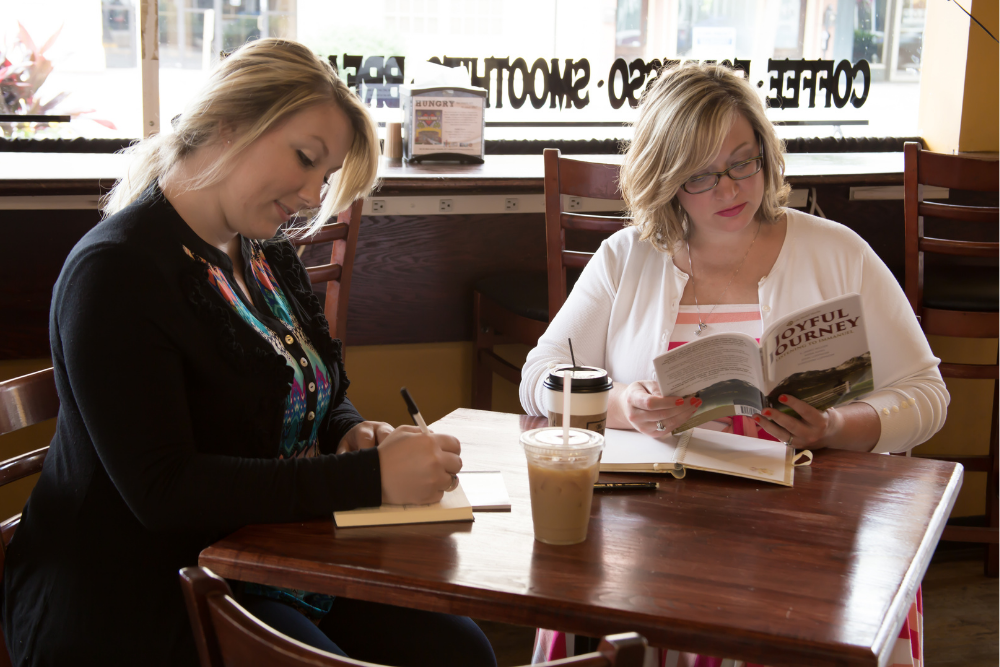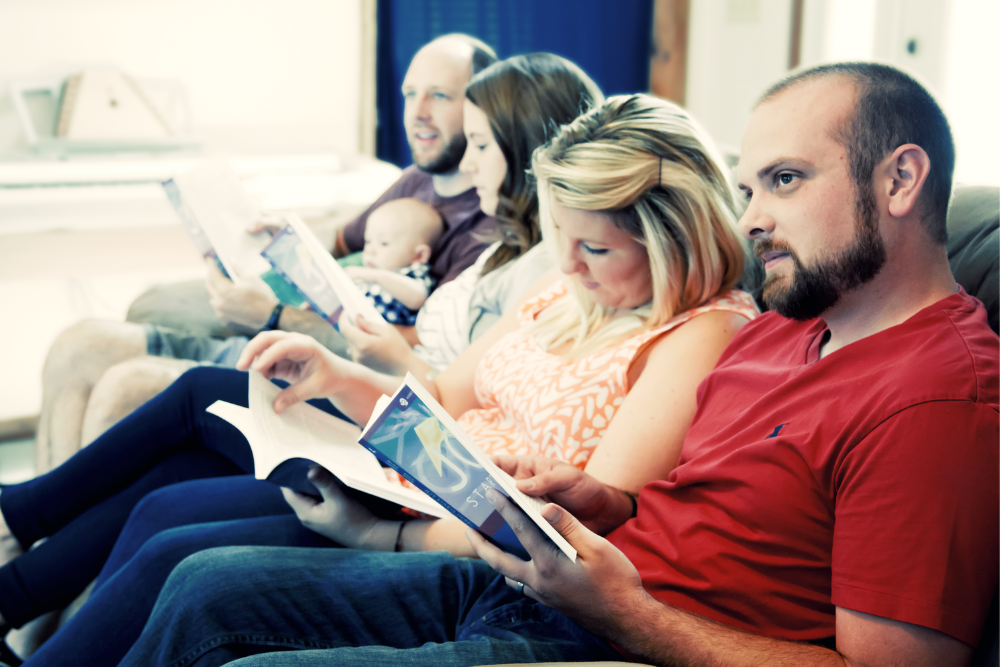By Claudia Hendricks
There are some gems in the first Inside Out* movie that highlight how God designed our brains to help us regulate our emotions and be ourselves amid big changes. Inside Out 1 tells the story of 11-year-old Riley and her emotional reactions as her family relocates from Minnesota to San Francisco for her father’s new job. The main characters are Joy, Sadness, Fear, Disgust and Anger – Riley’s emotions residing and operating in her brain “headquarters”.
Riley’s Joy comes on board as the first emotion when as a newborn she opens her eyes and encounters the illuminated faces of her mom and dad. This creates the first golden memory sphere that goes through a tunnel to her Long-Term Memory Storage. Each life experience is colored according to her emotions and stored on these shelves. The many golden spheres lining the shelves in her brain’s headquarters portray Riley’s joyful experiences that form her sense of belonging to her family and friends in Minnesota.
When the family arrives in San Francisco, Riley faces pain that is new for her. She misses her big Minnesota house, the frozen lake, her core close friends and hockey team. Trying to reason with herself does not help because she feels loss and attachment pain. Meanwhile, in her brain’s headquarters, Anger reacts to how unfair life is in San Francisco, Disgust notices the different and sometimes unpleasant food and smells there, and Fear screams and guides Riley to run away from the new school hockey team and to go back to Minnesota. Joy is no longer in the Headquarters console and cannot help Riley regulate her emotions and remember who she is. Sadness is being chased away and silenced to preserve Riley’s high energy helping her run away from reality.
Have you ever felt that way? I feel that internal alarm system every single day. That car that is driving so slow in front of me! My husband left the milk out of the fridge! Who didn’t pick up the dog’s waste on my sidewalk? I did not get the chance to get the job I wanted! I lost my place and part of my identity when I moved here from Argentina. My joyful memories and places of belonging seemed so far away in space and time. It was hard to connect with others around me and enjoy their references and sense of humor. It was difficult to find someone who would get me like my far away friends, family, and culture.
How do we calm down, return to joy and remember who we are? Riley runs away, steals money from her mom and gets on a bus back to Minnesota. Her body finally relaxes on the seat. She breathes, Sadness reaches her Headquarters and physical body. She starts crying and feeling the loss. Riley recalls her golden memories of her friends in the frozen lake, of her family hugging her… Her family!!! She remembers that she loves her family, and it is like her to share her sadness with them who will validate her and suffer with her. She gets out of the bus and returns home. As Riley sobs and confesses how hard the move is for her, with the loss of her friends and places in Minnesota, her family attunes to her. They hug and cry with her, understanding how big this move is. They love her and are glad to be with her and share in the grieving. Riley can return to Joy and remember who she is. She has a plan to stay in touch with her old friends and to start making new friends on a new hockey team. A new island of belonging is taking form in her brain. Like Riley I was able to grow new islands of belonging here in the US.
God created our brains to live in relationships, to calm us down and return to joy inside a loving Hesed community who helps us remember who we are when the circumstances overflow our personal capacity. God Himself lives in a shared community with Jesus and the Holy Spirit. We are invited to experience life and learn to regulate our emotions in this interconnected and interdependent daily dance with the Trinity and with each other.
*Docter, Pete and Ronnie Del Carmen, directors. Pixar Animation Studios for Walt Disney Pictures, 2015.








